CERN: Organization, experiments and facts
CERN is a research organization that operates the world's largest particle accelerator.
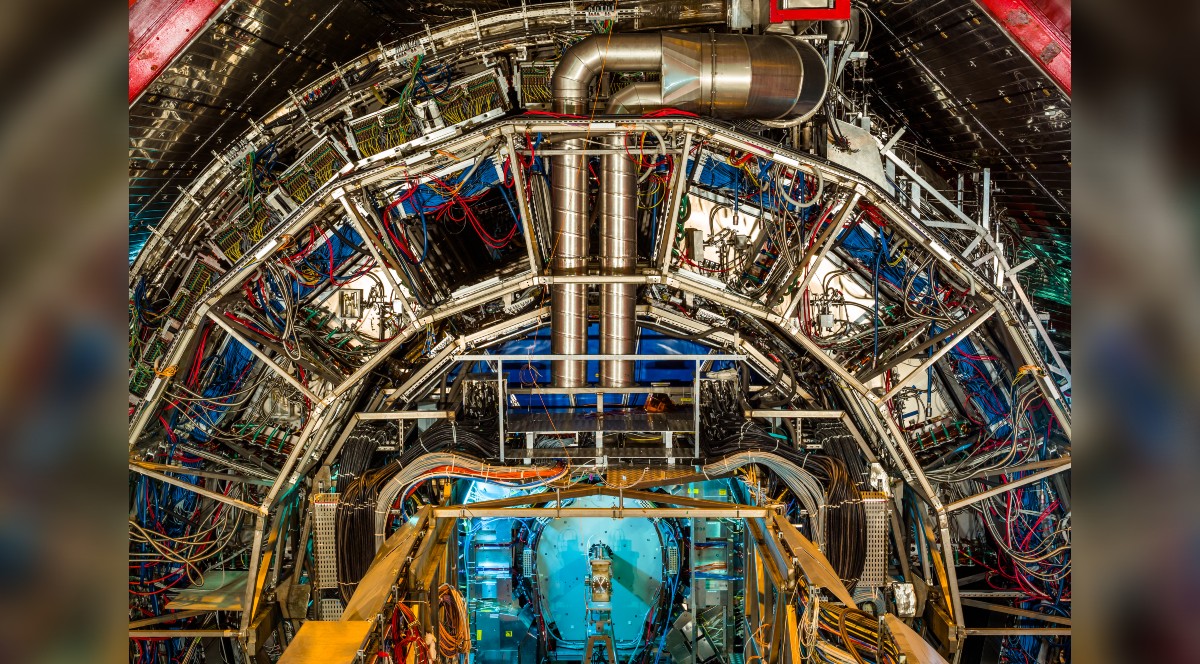
CERN is the European laboratory for particle physics located near Geneva in Switzerland. If you see a news headline about exotic new subatomic particles, the chances are the discovery was made at CERN. A recent example occurred in January 2022, when CERN scientists announced "evidence of X particles in the quark-gluon plasma produced in the Large Hadron Collider (LHC)", according to MIT News.
Hiding behind that technobabble is the eye-popping fact that CERN had succeeded in re-creating a situation that hasn’t occurred naturally since a few microseconds after the Big Bang. That particular study drew on pre-existing data from the LHC.
The atom smasher
The LHC is a particle accelerator — a device that boosts subatomic particles to enormous energies in a controlled way, so that scientists can study the resulting interactions, according to CERN.
The “large” that the L stands for is an understatement; the LHC is by far the biggest accelerator in the world, occupying a circular tunnel around 16.7 miles (27 kilometres) in circumference.
The middle letter, H, stands for "hadron" — the generic name for composite particles such as protons that are made up of smaller particles called quarks. Finally, the C stands for “collider” – because the LHC accelerates two particle beams in opposite directions, and all the action takes place when the beams collide.
Like all physics experiments, the LHC’s aim is to test theoretical predictions – in this case, the so-called Standard Model of particle physics — and see if there are any holes in them, as Live Science has previously reported. Strange as it sounds, physicists are itching to find a few holes in the Standard Model, because there are some things, such as dark matter and dark energy, that can’t be explained until they do.
The LHC opened in 2009, but CERN’s history goes back much further than that. The foundation stone was laid in 1955, following a recommendation by the European Council for Nuclear Research — or "Conseil Européen pour la Recherche Nucléaire" in French, from which it gets its name, according to CERN.
Get the world’s most fascinating discoveries delivered straight to your inbox.
Between its creation and the opening of the LHC, CERN was responsible for a series of groundbreaking discoveries, including weak neutral currents, light neutrinos and the W and Z bosons. As soon as the LHC is back up and running, we can expect those discoveries to continue, according to CERN.
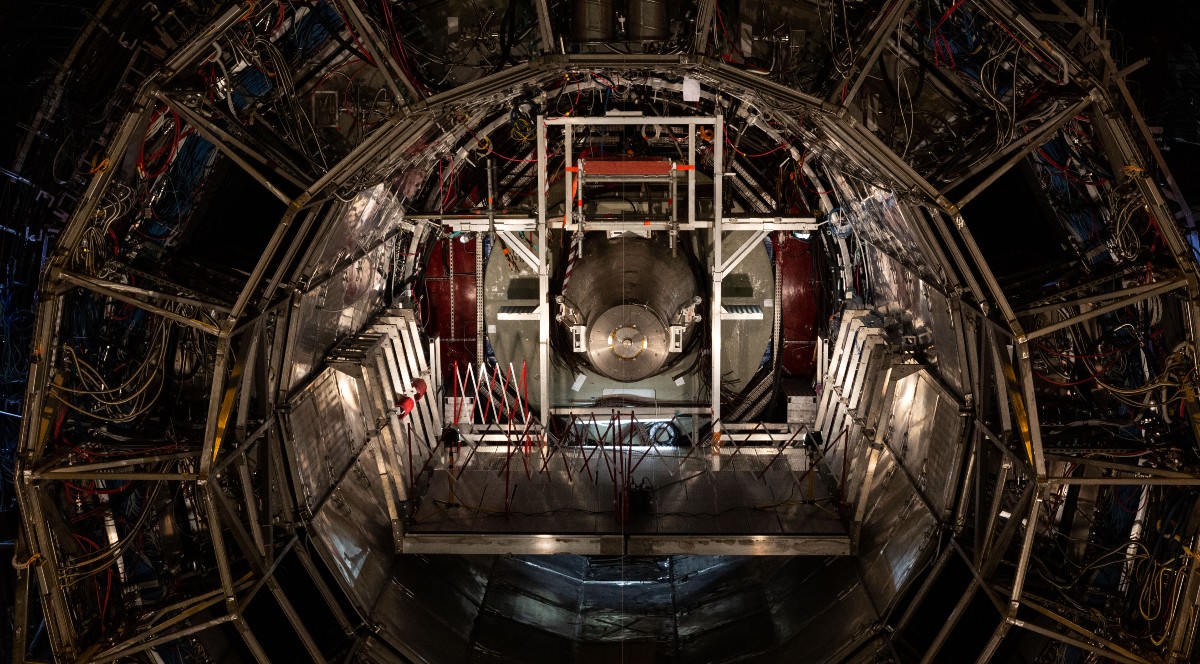
CERN's experiments
One of the key mysteries of the universe is why it seemingly contains so much more matter than antimatter. According to the Big Bang theory, the universe must have started out with equal amounts of both.
Yet very early on, probably within the first second of the universe's existence, virtually all the antimatter had disappeared, and only the normal matter we see today remained. This asymmetry has been given the technical name CP violation, and studying it is one of the main aims of the Large Hadron Collider’s LHCb experiment.
All hadrons are made up of quarks, but LHCb is designed to detect particles that include a particularly rare type of quark known as beauty. Studying CP violation in particles containing beauty is one of the most promising ways to shed light on the emergence of matter-antimatter asymmetry in the early universe, according to CERN.
Climate Science
Away from the LHC, there are other facilities at CERN that are conducting important research. One experiment at CERN’s Proton Synchrotron is linking particle physics to climate science. This is a smaller and less sophisticated accelerator than the LHC, but it’s still capable of doing useful work.
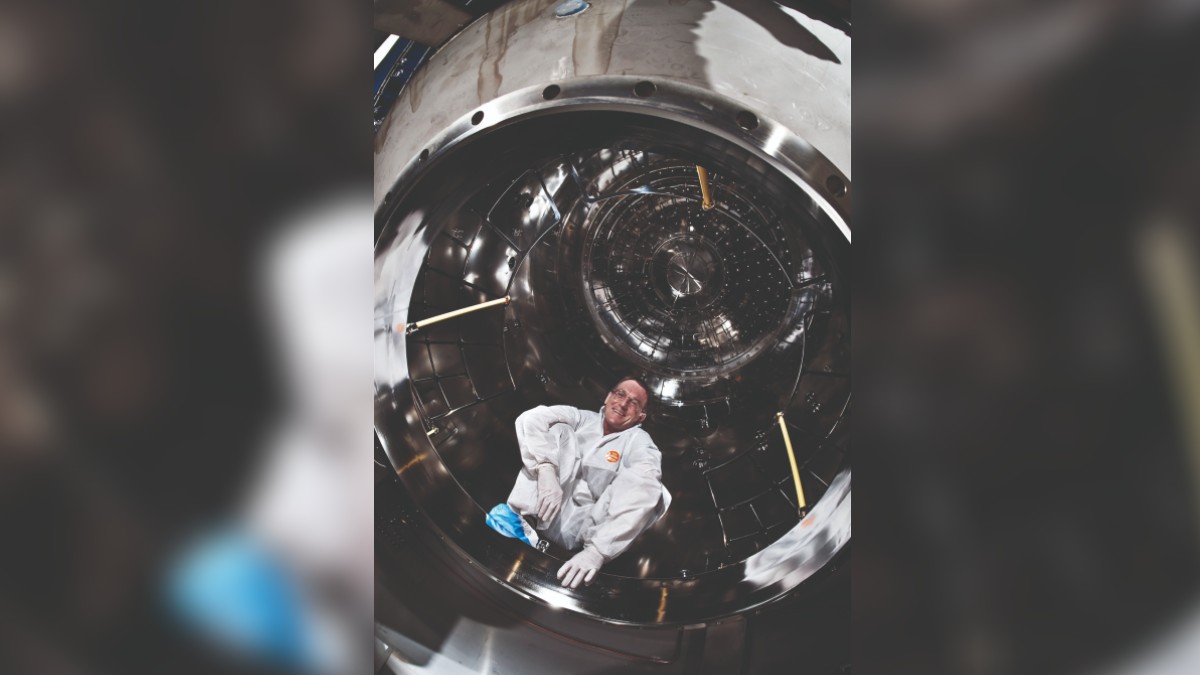
The climate experiment is called CLOUD, which stands for "Cosmics Leaving Outdoor Droplets". It’s been theorized that cosmic rays play a role in cloud formation by seeding tiny water droplets around the Earth.
This isn’t an easy process to study in the real atmosphere, with real cosmic rays, so CERN is using the accelerator to create its own cosmic rays. These are then fired into an artificial atmosphere, where their effects can be studied much more closely.
Hunting exotic particles
Sharing the same underground cavern as LHCb is a smaller instrument called MoEDAL, which stands for Monopole and Exotics Detector at the LHC. While most CERN experiments are designed to study known particles, this one is aimed at discovering undiscovered particles that lie outside the present Standard Model.
A monopole, for example, would be a magnetized particle consisting only of a north pole without a south one, or vice versa. Such particles have long been hypothesized, but never observed. The purpose of MoEDAL is to look out for any monopoles that might be created in collisions inside the LHC, according to CERN.
This experiment could also potentially detect certain stable massive particles that are predicted by theories beyond the Standard Model. If it’s successful in finding any of these particles, MoEDAL could help to resolve fundamental questions such as the existence of other dimensions or the nature of dark matter.
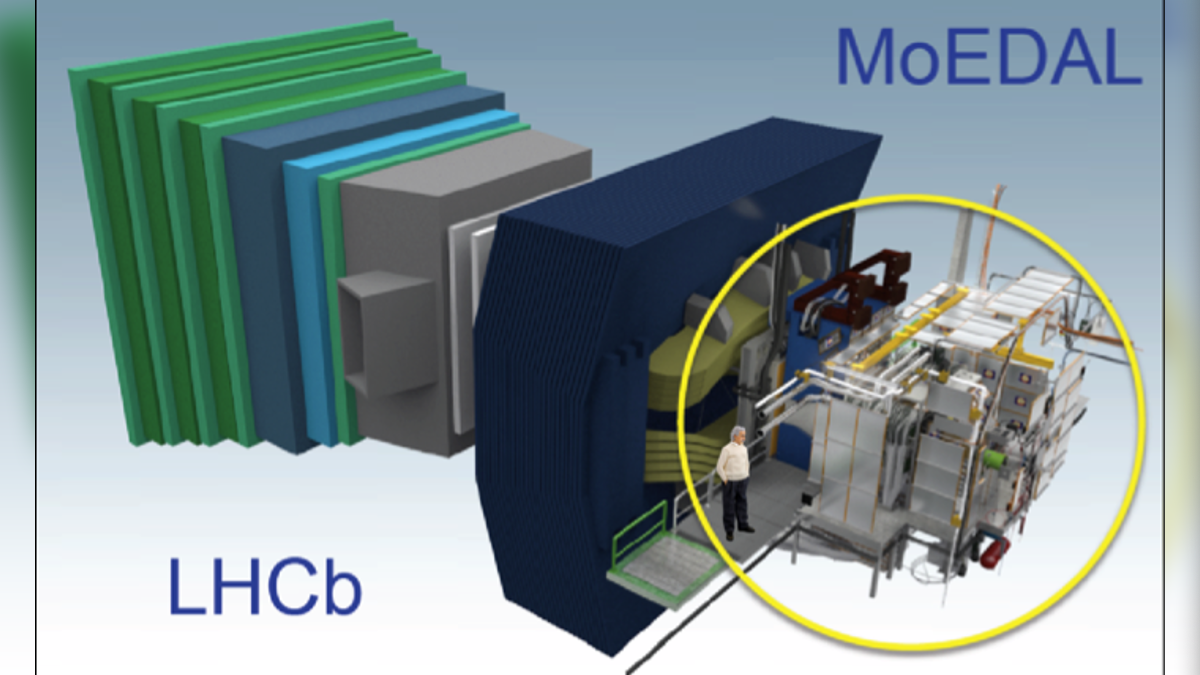
Making antimatter
Antimatter often pops into existence inside CERN’s high-energy accelerators, as one half of a particle-antiparticle pair. But in the usual course of events, the antiparticles don't last long before they're annihilated in collisions with ordinary particles. If you want to create antimatter that stays around long enough for detailed study, you need more than just an accelerator.
This is where CERN’s Antimatter Factory comes in.
It takes antiparticles created in the Proton Synchrotron and slows them down to manageable speeds in what is effectively the exact opposite of a particle accelerator: the Antiproton Decelerator, according to CERN.
The resulting anti-atoms can then be studied by a range of instruments such as AEGIS (Antihydrogen Experiment: Gravity, Interferometry and Spectroscopy). One question that AEGIS should be able to answer soon is the fascinating one of whether antimatter falls downwards in a gravitational field, like ordinary matter, or upwards in the opposite direction.
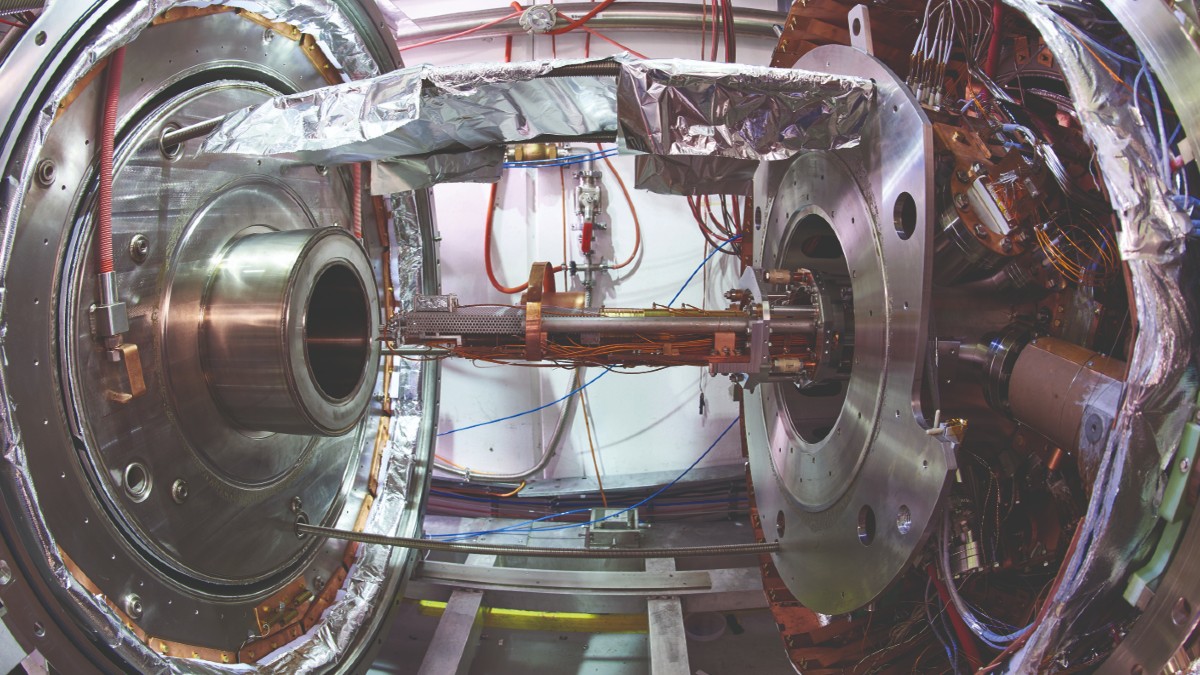
Is CERN dangerous?
For various reasons over the years, people have speculated that experiments at CERN might pose a danger to the public. Fortunately, such worries are groundless. Take for example the N in CERN, which stands for nuclear, according to the public body UK Research and Innovation (UKRI).
This has nothing to do with the reactions that take place inside nuclear weapons, which involve swapping protons and neutrons inside nuclei. CERN’s research is at an even lower level than this, in the constituents of the protons and neutrons themselves. It’s sometimes referred to as 'high energy' physics, but the energies are only 'high' when viewed on a subatomic scale.
Particles inside the LHC, for example, typically only have the energy of a mosquito, according to CERN's official site. People have also worried that the LHC might produce a mini black hole, but even if this happened — which is unlikely — it would be unbelievably tiny, and so unstable that it would vanish within a fraction of a second, according to the The Guardian.
Interview with an CERN scientist
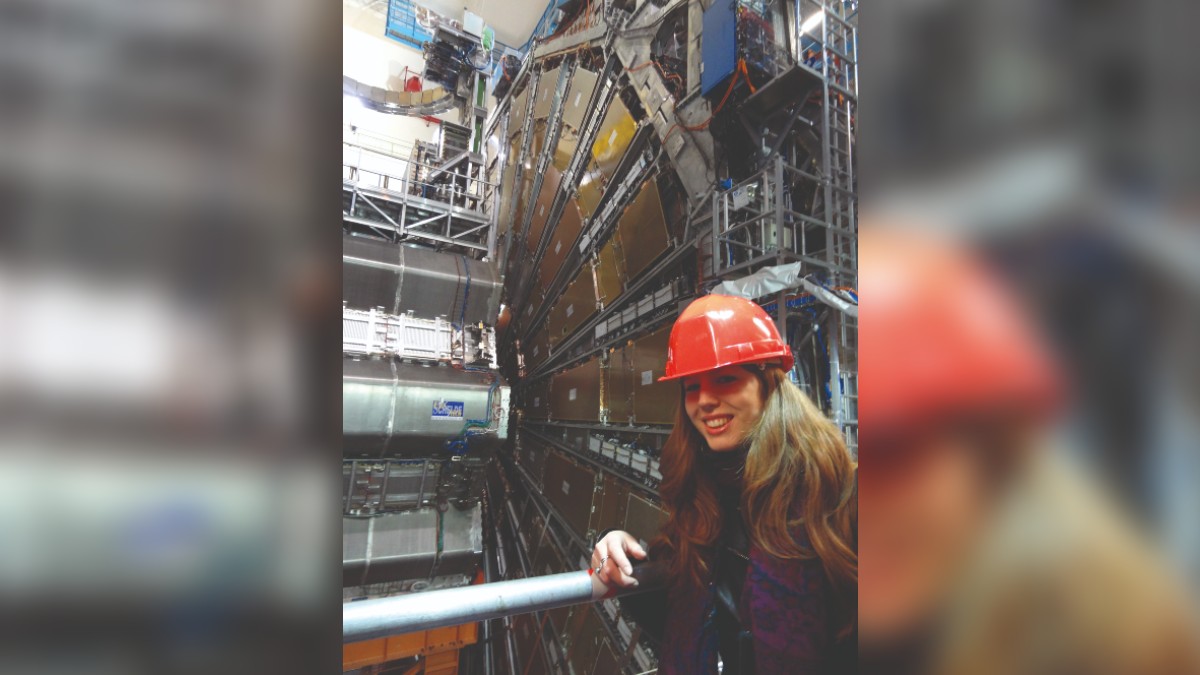
We spoke to CERN scientist Clara Nellist about her work with the LHC’s ATLAS detector, one of the LHC’s two principal general-purpose detectors.
How did you come to be involved with the ATLAS experiment?
"I started on ATLAS for my PhD research. I was developing new pixel sensors to improve the measurement of particles as they pass through our detector. It’s really important to make them resistant to radiation damage, which is a big concern when you put the sensors close to the particle collisions.
Since then, I’ve had the opportunity to work on a number of different projects, such as understanding how the Higgs boson and the top quark interact with each other. Now I’m applying machine learning algorithms to our data to look for hints of dark matter. One of the biggest mysteries in physics right now is: what is 85% of the matter in our universe? We call it dark matter, but we don’t actually know much about it!"
What’s it like working with such a unique and powerful machine?
"It’s really amazing to be able to work on this incredibly complicated machine with people from all over the world. No one person can run it all, so each team becomes an expert on their specific part. Then when we all work together, we can make discoveries about the smallest building blocks of our universe."
Are there any exciting new developments you’re particularly looking forward to?
"We’re starting the Large Hadron Collider up again this year, so I’m really excited to see what we might find with it. Part of our work is to understand the particles we already know about in as much detail as possible to check that our theories match what we measure. But we’re also looking for brand new particles that we’ve never seen before. If we find something new, it could be a candidate for dark matter, or it could be something completely unexpected!"
Additional resources
For more information about CERN and the LHC visit their website. Also check out, "A Day at CERN: Guided Tour Through the Heart of Particle Physics", by Gautier Depambour and "Large Hadron Collider Manual (Haynes Manuals)" by Gemma Lavender.
Bibliography
- Jennifer Chu, "Scientists make first detection of exotic “X” particles in quark-gluon plasma", MIT News, January 2022.
- Matthew Sparks, "2022 preview: Large Hadron Collider will reach for the edge of physics", New Scientist, December 2021.
- Micho Kaku, "The end of the world as we know it?", The Guardian, June 2008.
- UK Research and Innovation, "Facilities and resources", January 2022.
- CERN, "Where did it all begin?", accessed April 2022.
- CERN, "Facts and figures about the LHC", accessed April 2022.
- CERN, "The Safety of the LHC", accessed April 2022.
- CERN, "LHCb", accessed April 2022.
- CERN, "MoEDAL-MAPP", accessed April 2022.
- CERN, "MoEDAL-MAPP Experiment", accessed April 2022.
- Ana Lopes, "LHCb sees new form of matter–antimatter asymmetry in strange beauty particles", CERN, October 2020.

Andrew May holds a Ph.D. in astrophysics from Manchester University, U.K. For 30 years, he worked in the academic, government and private sectors, before becoming a science writer where he has written for Fortean Times, How It Works, All About Space, BBC Science Focus, among others. He has also written a selection of books including Cosmic Impact and Astrobiology: The Search for Life Elsewhere in the Universe, published by Icon Books.


